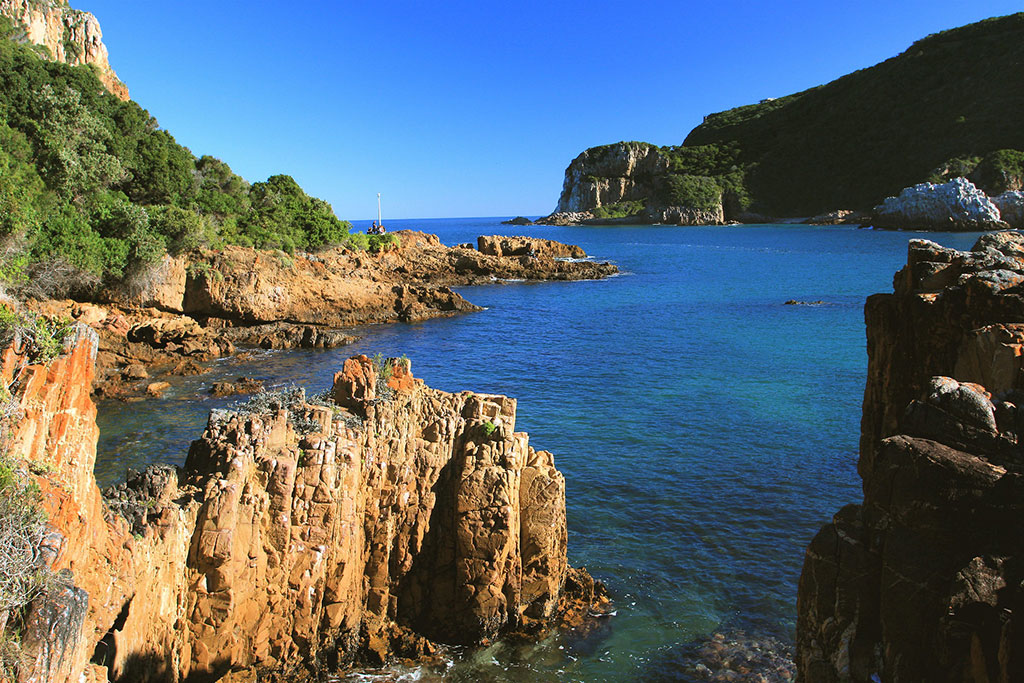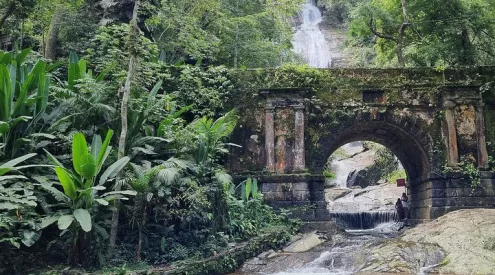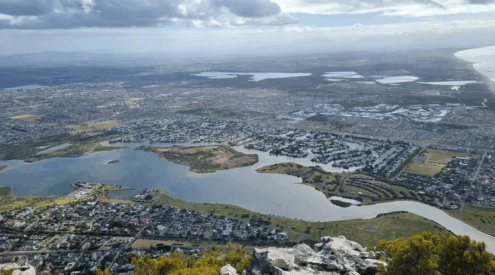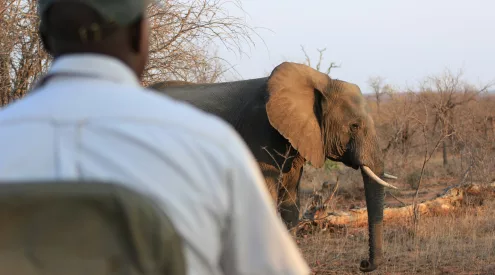Blue stingrays have made their annual migratory trip back to the Knysna Estuary to reproduce. This pupping season typically takes places in the early summer, according to Garden Route National Park marine ecologist, Kyle Smith.
Blue stingrays are an inshore species which can be found along the SA coastline around KwaZulu-Natal and as far up the West Coast to Namibia and Angola. While stingrays are not endangered, they are vulnerable, says Smith.

‘It is listed on the IUCN red data list as ‘Least Concern’. However, the stock status (population abundance) has not been formally assessed in South Africa and stingrays in general are potentially vulnerable to post-release mortality.’
Stingrays get caught by anglers fairly often and Smith advises fishermen who’d like to release them back into the ocean not to use gaffs (a pole with a sharp hook on the end) and to avoid dragging rays over dry beach sand to minimise the time the ray spends out of the water. According to regulations anglers are not compelled to release these stingrays back into the ocean and are allowed to keep one catch per day if they choose.
‘They are inshore species usually caught along sandy beaches and estuary mouths, but they seem to have an inshore/offshore migration related to season,’ the ecologist continued. ‘Basically, they migrate offshore (down to roughly 100m) during winter and then move inshore during summer.’
Mating season usually occurs between March and May and, after a nine-month gestation period, the rays usually come inshore to give birth in early summer (October to December).
Speaking to the Knysna-Plett Herald, Smith said that the Knysna Estuary is ‘an ideal environment for the pupping period’ and that the blue rays can also be found elsewhere along our coast in sheltered, sandy and shallow bays and most permanently open estuaries.


















